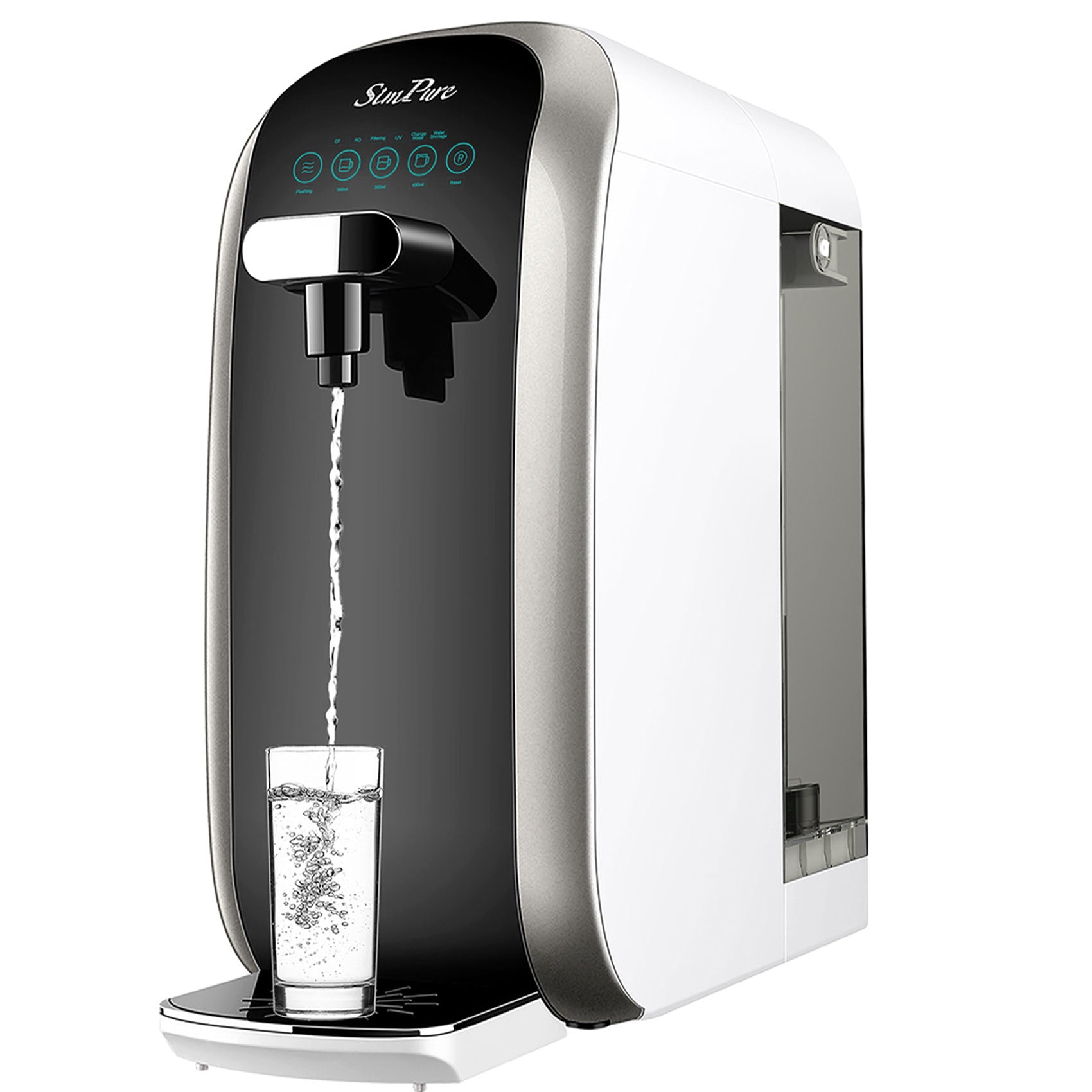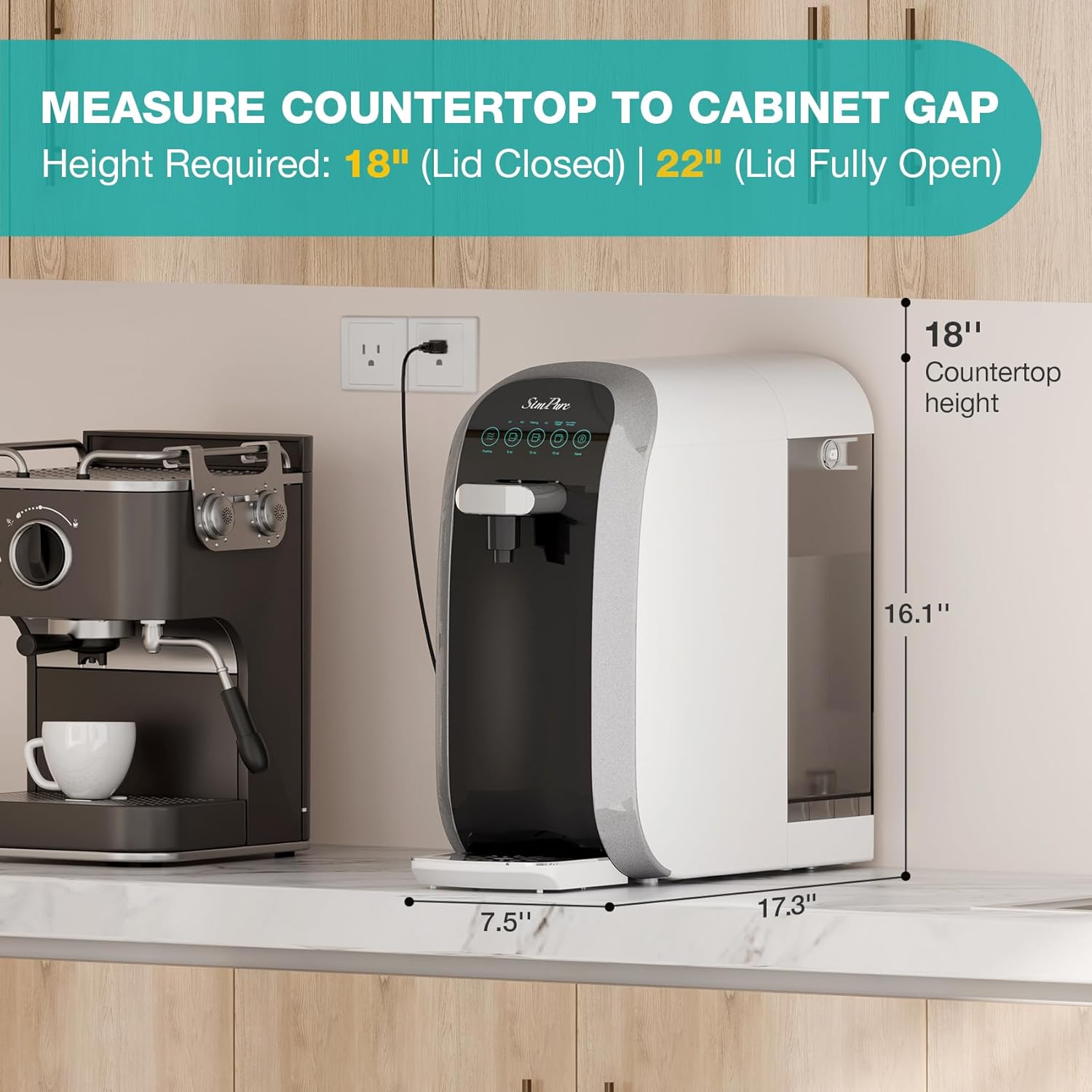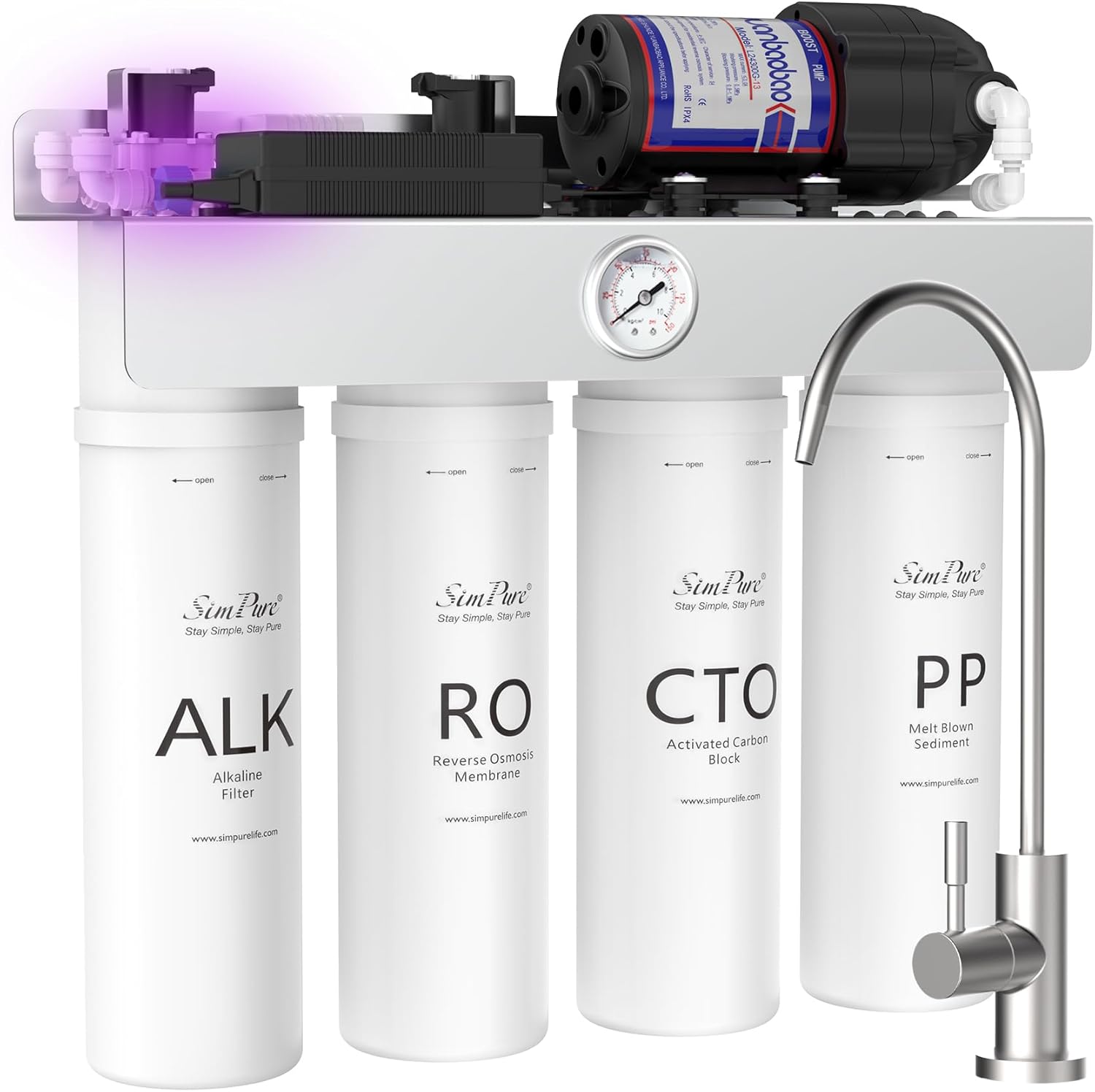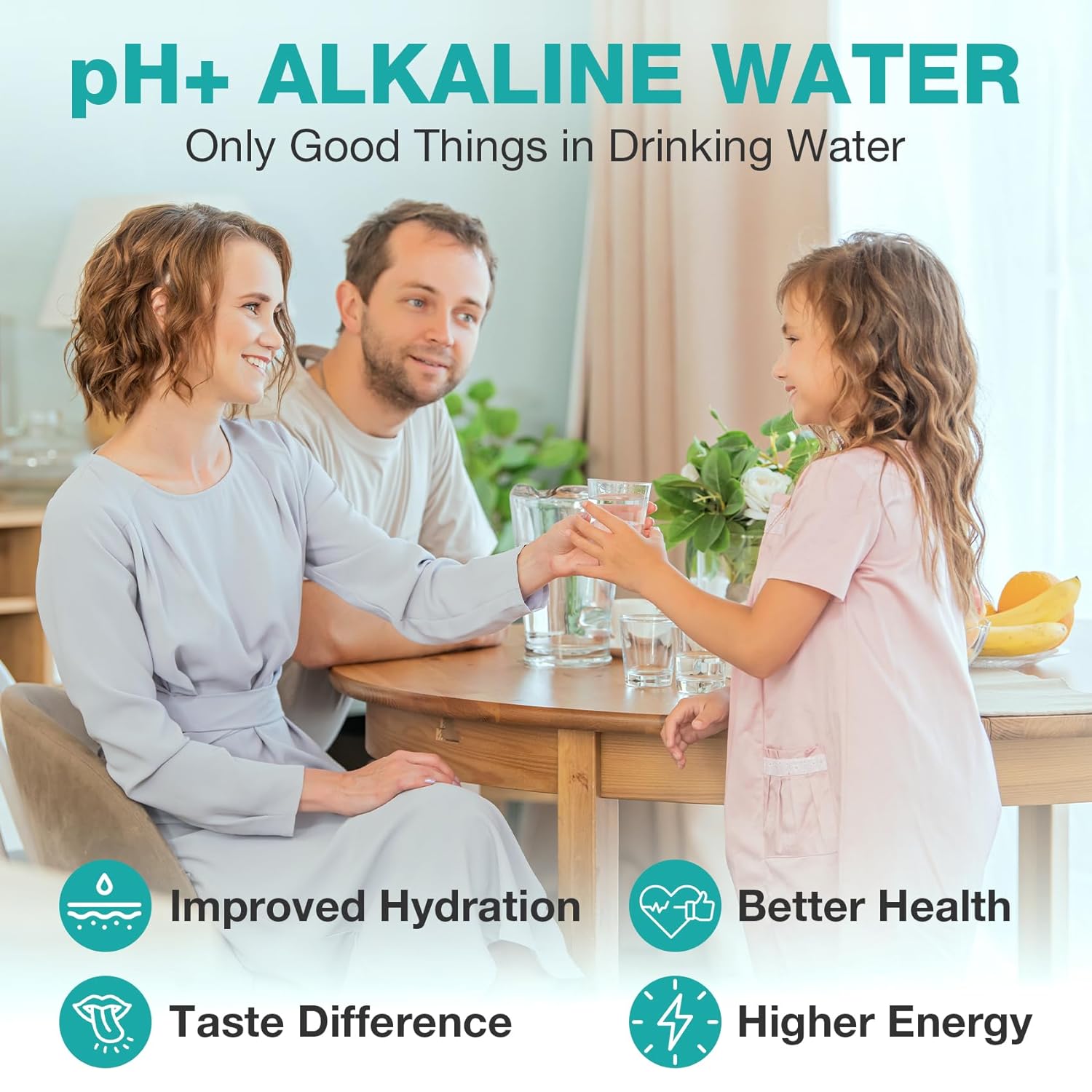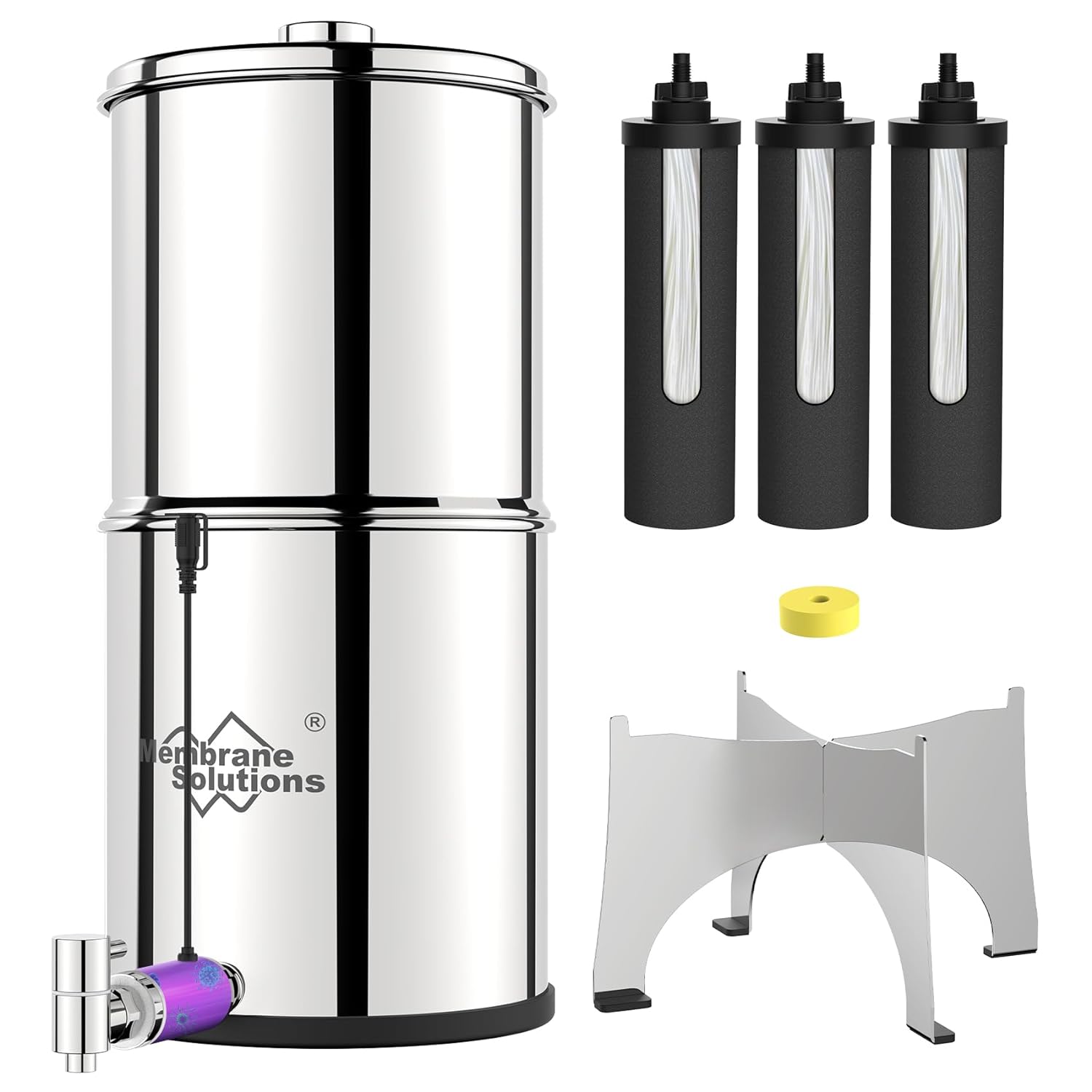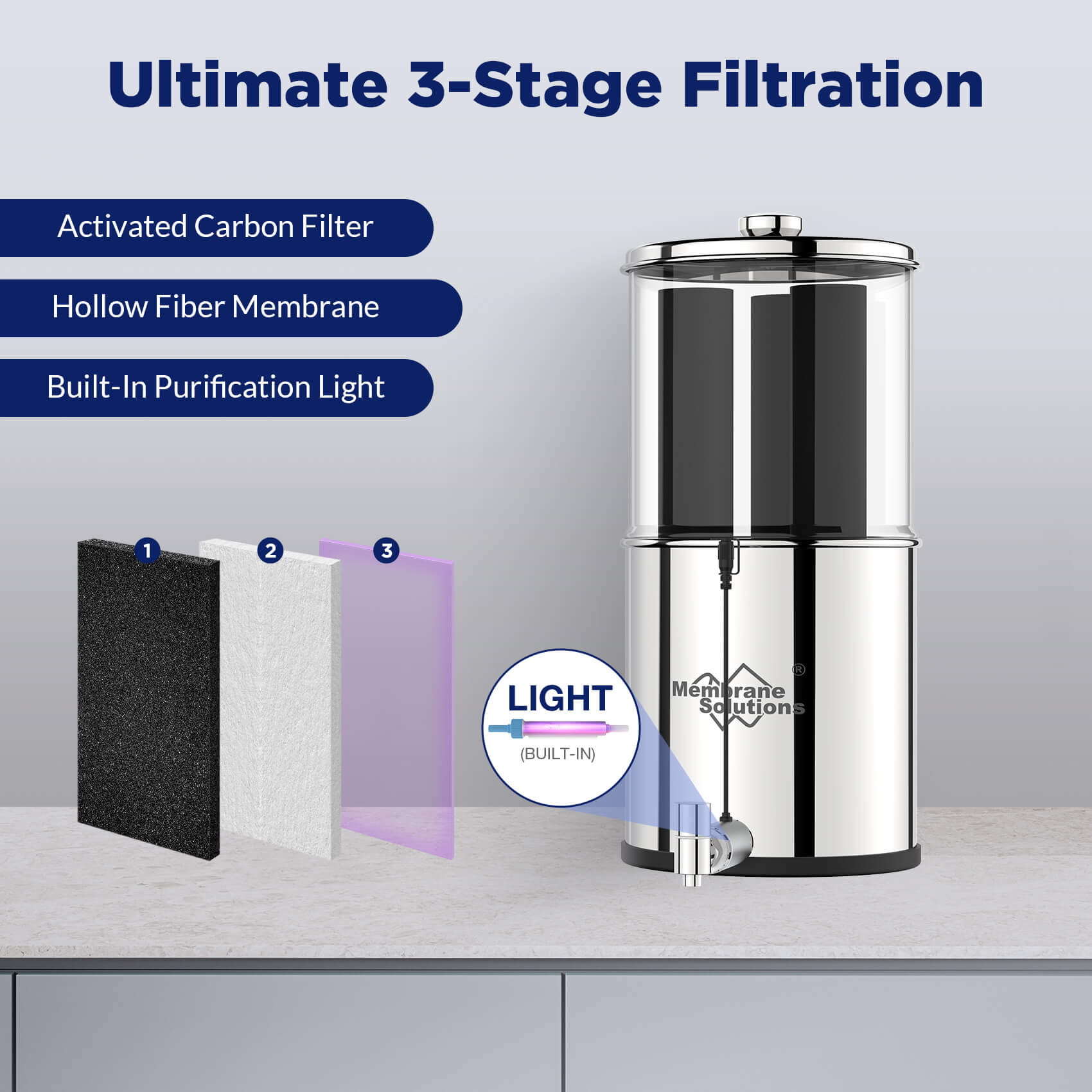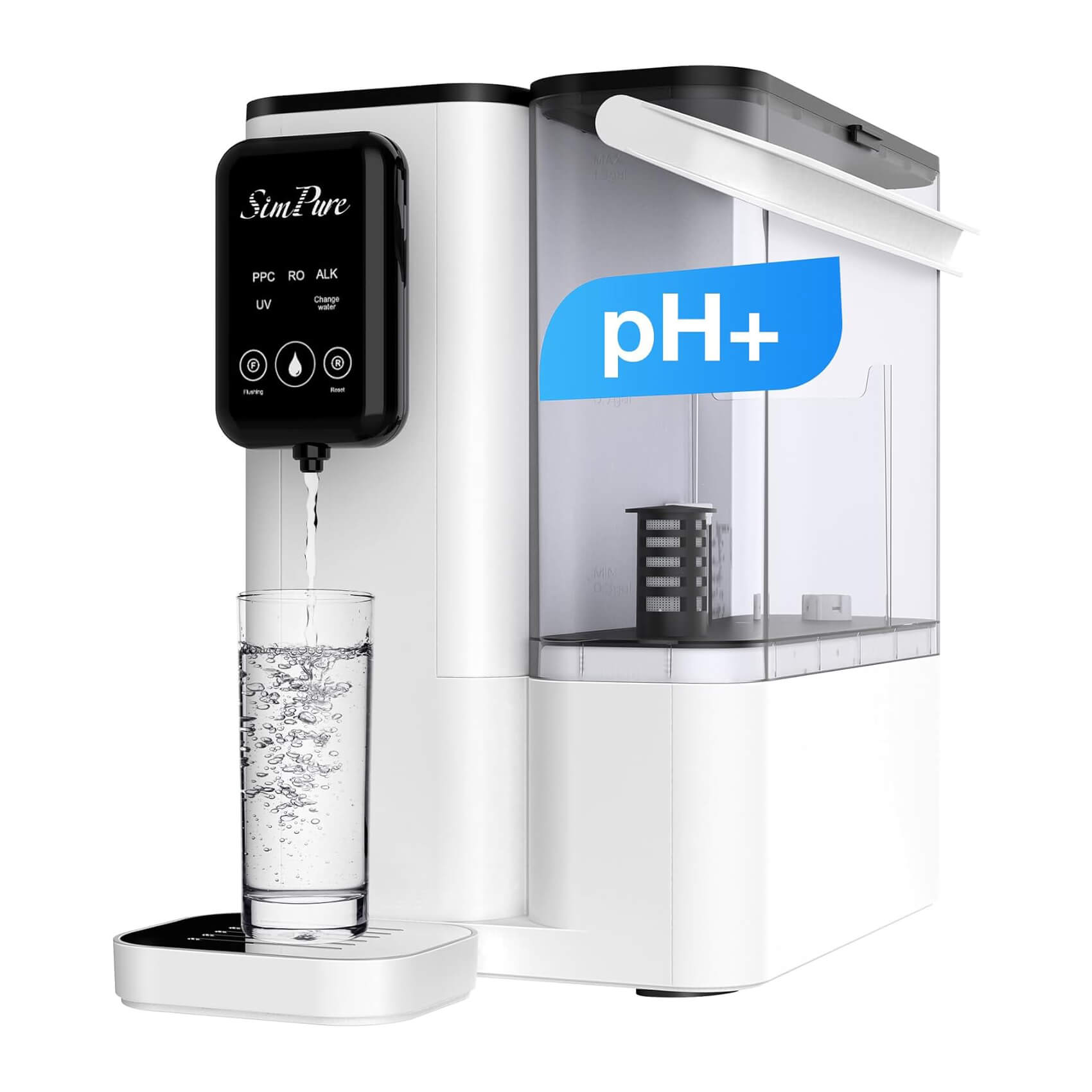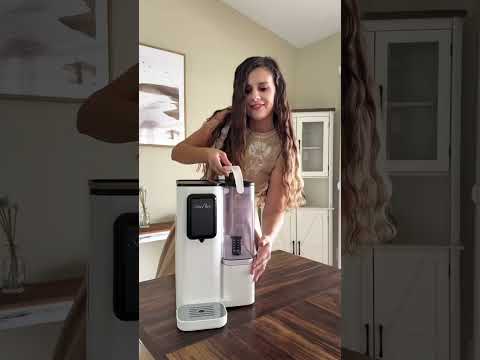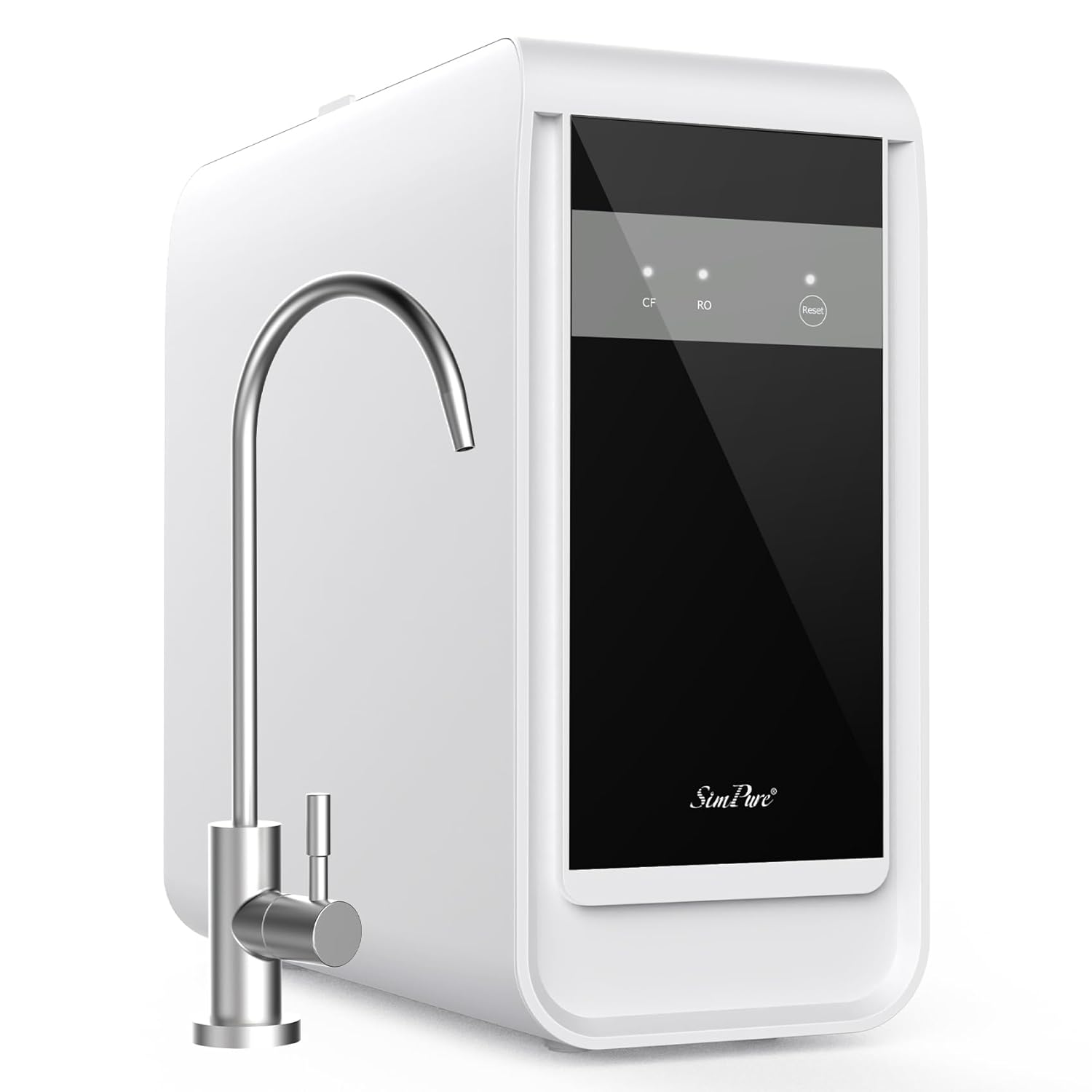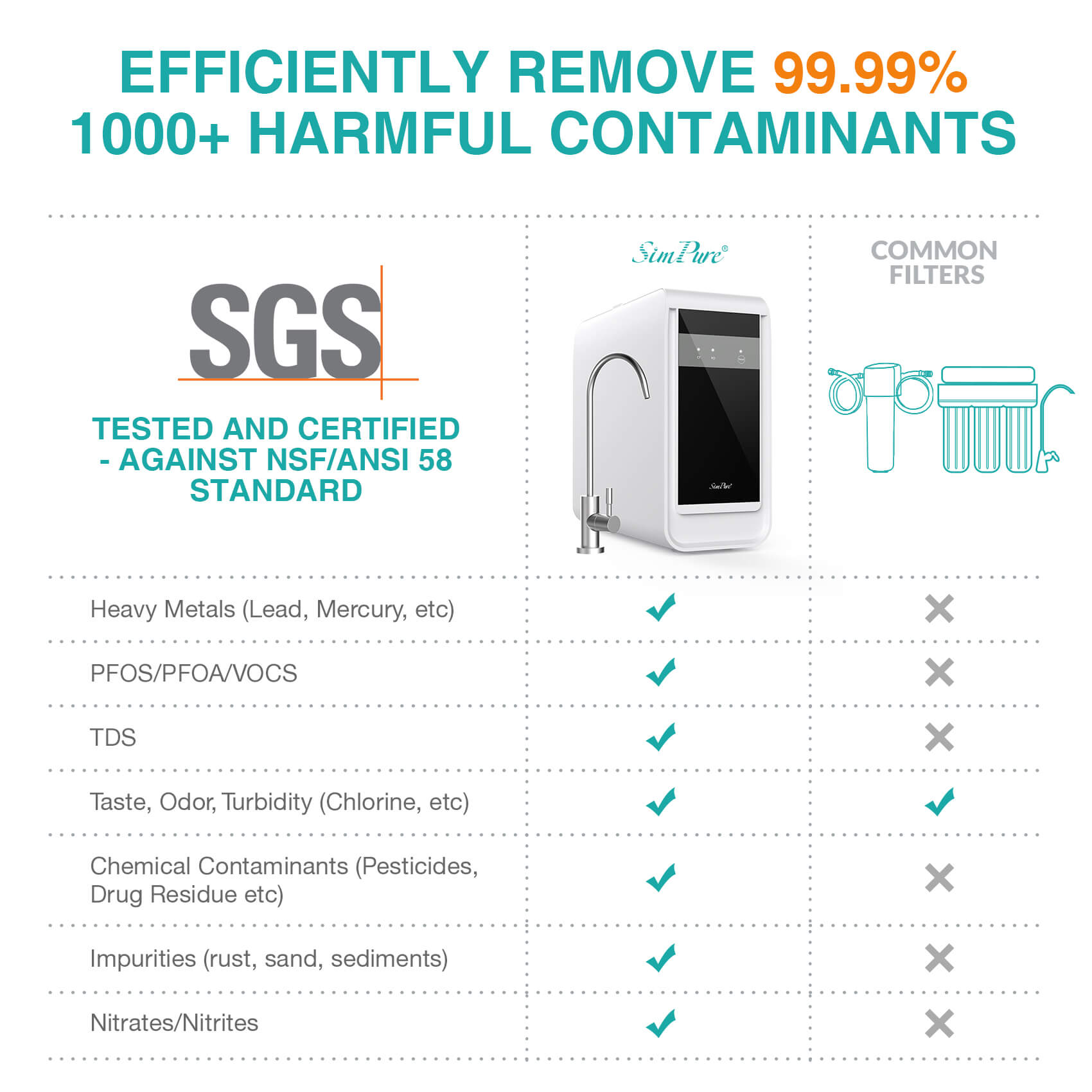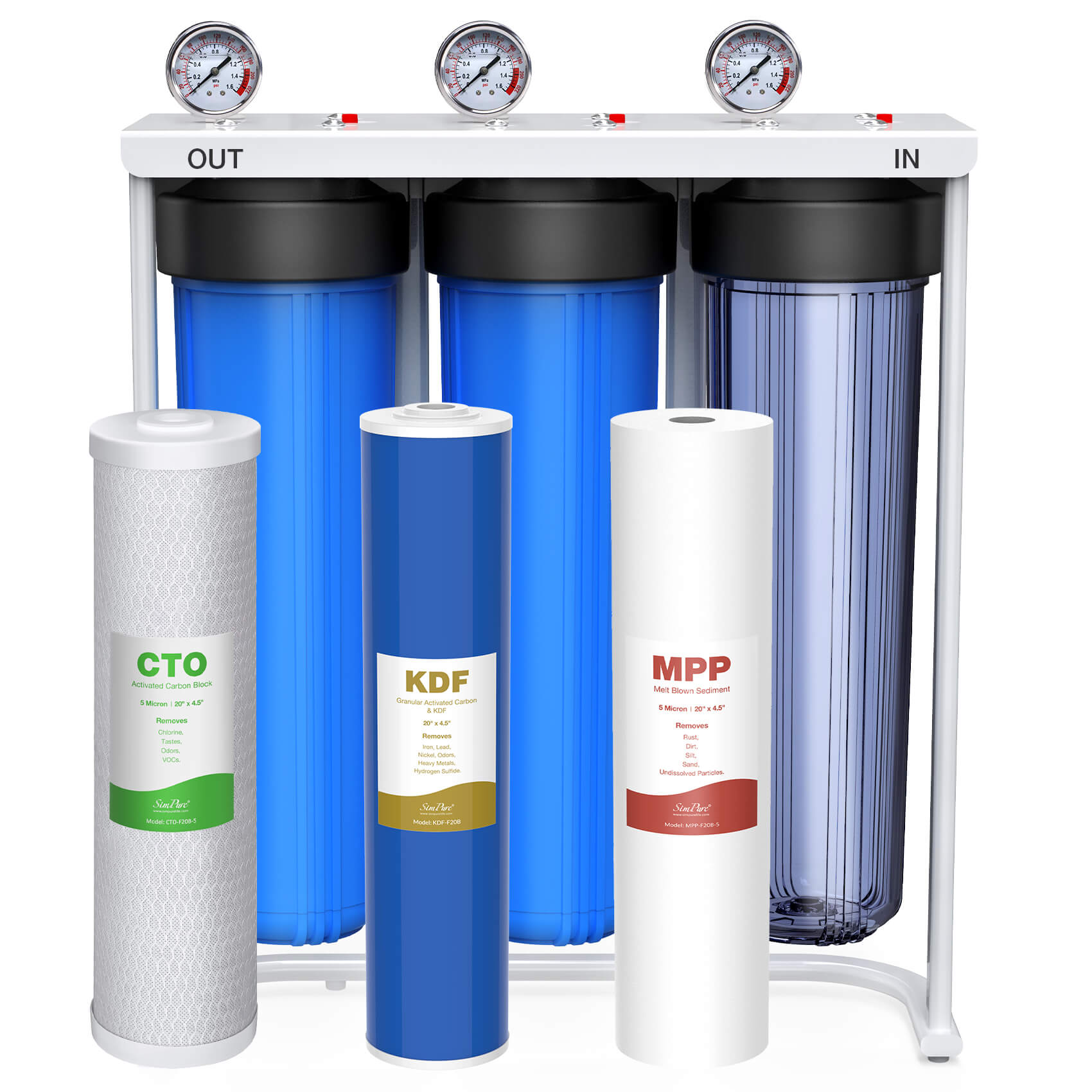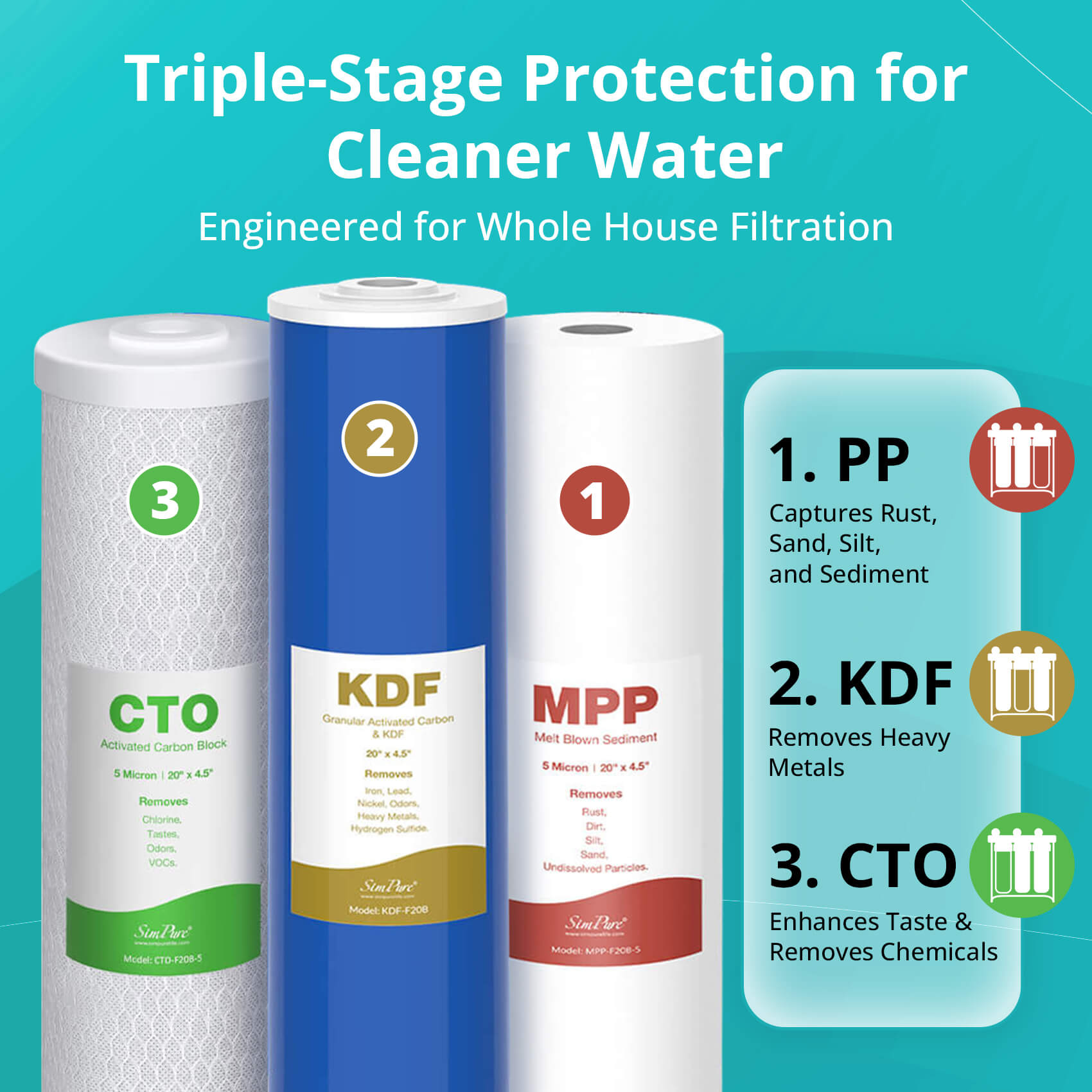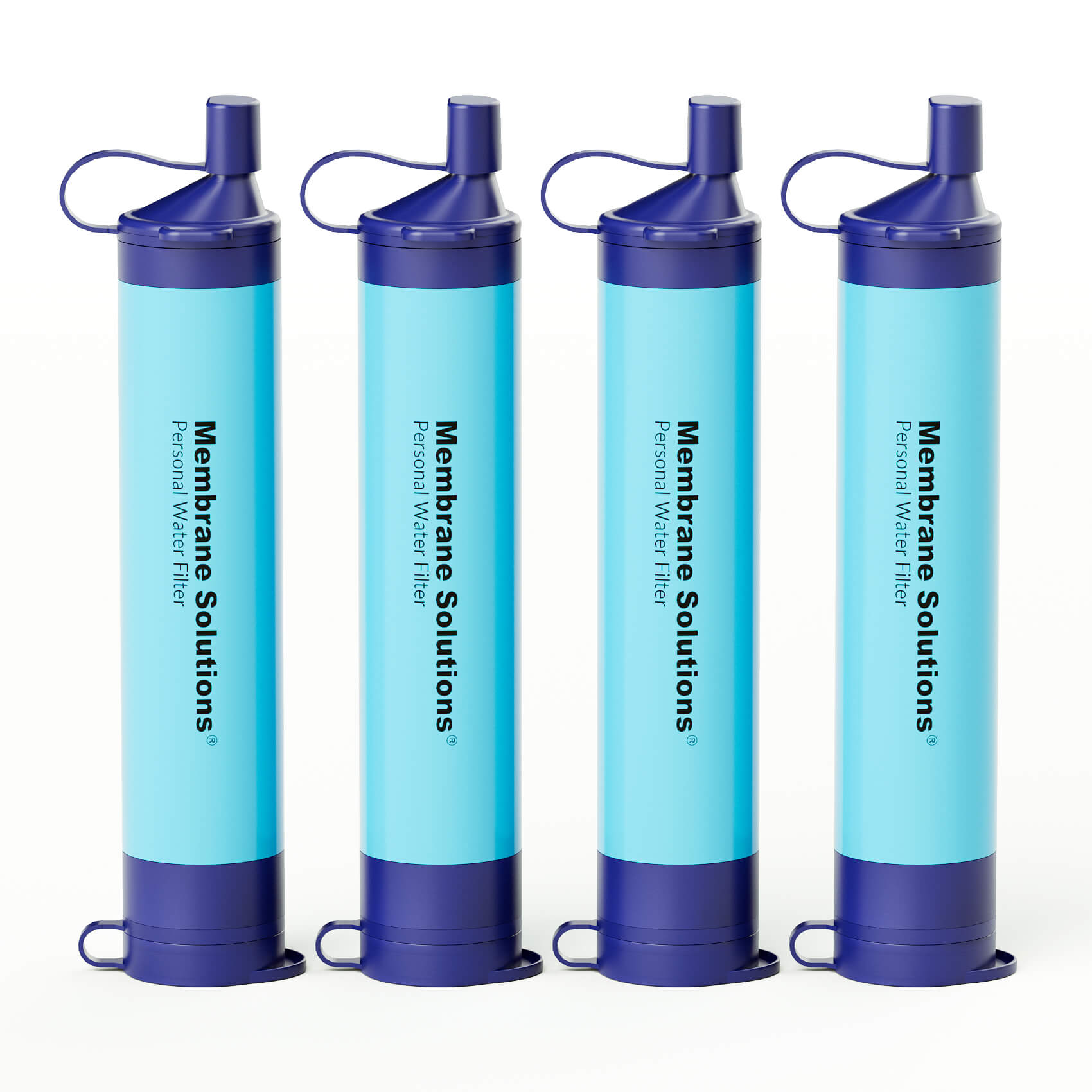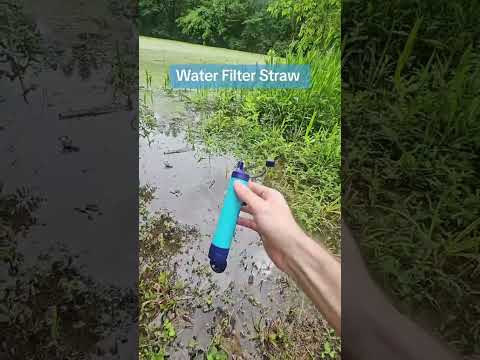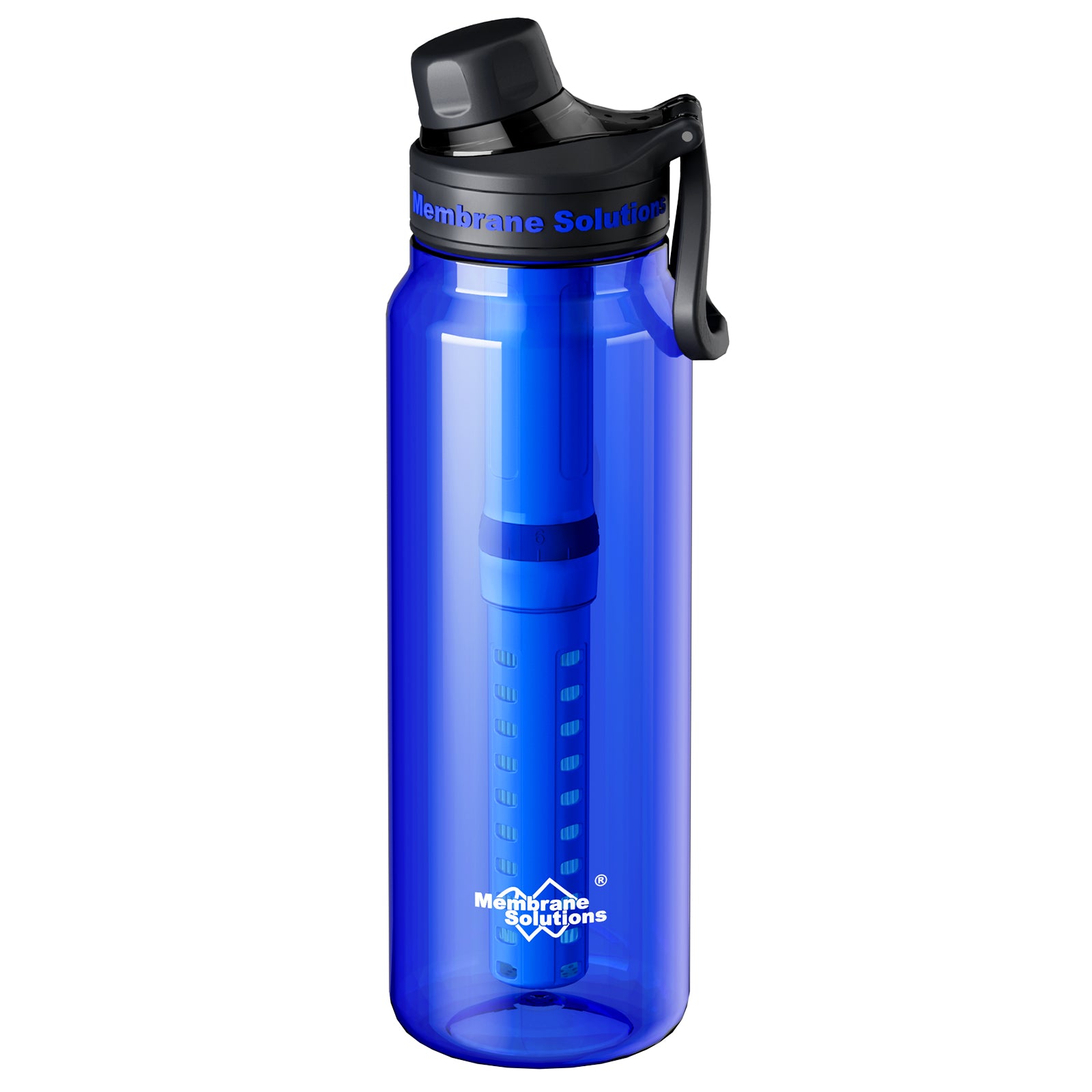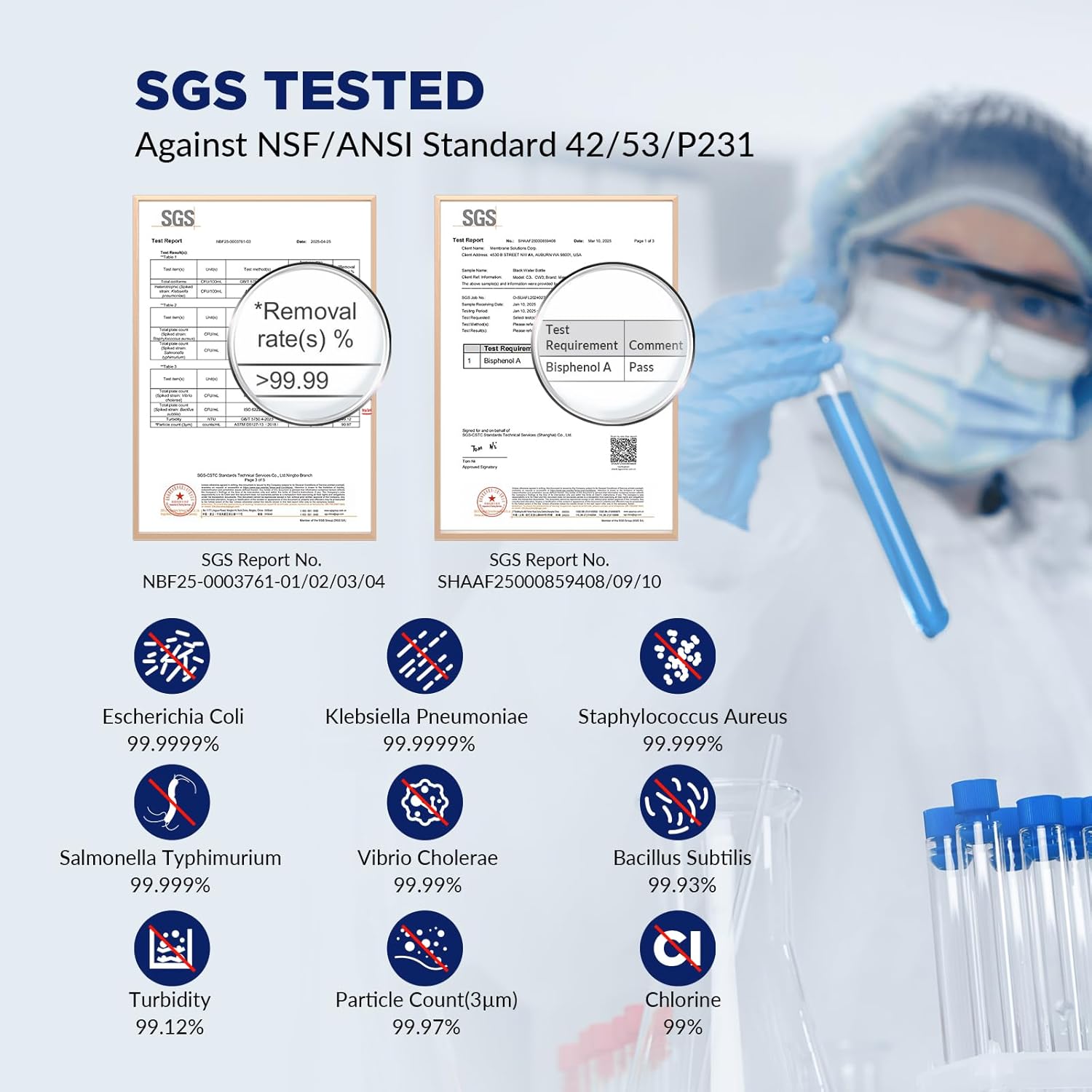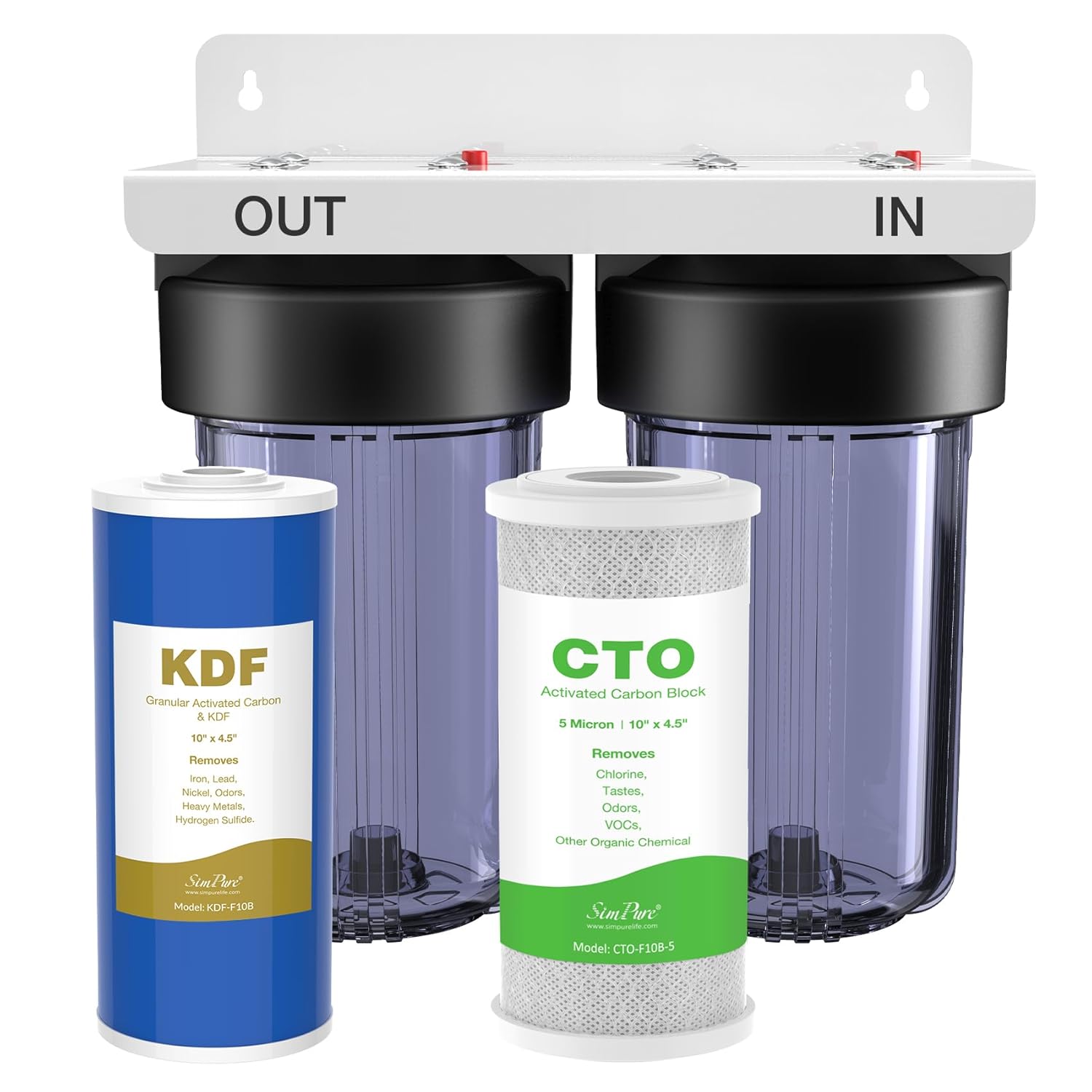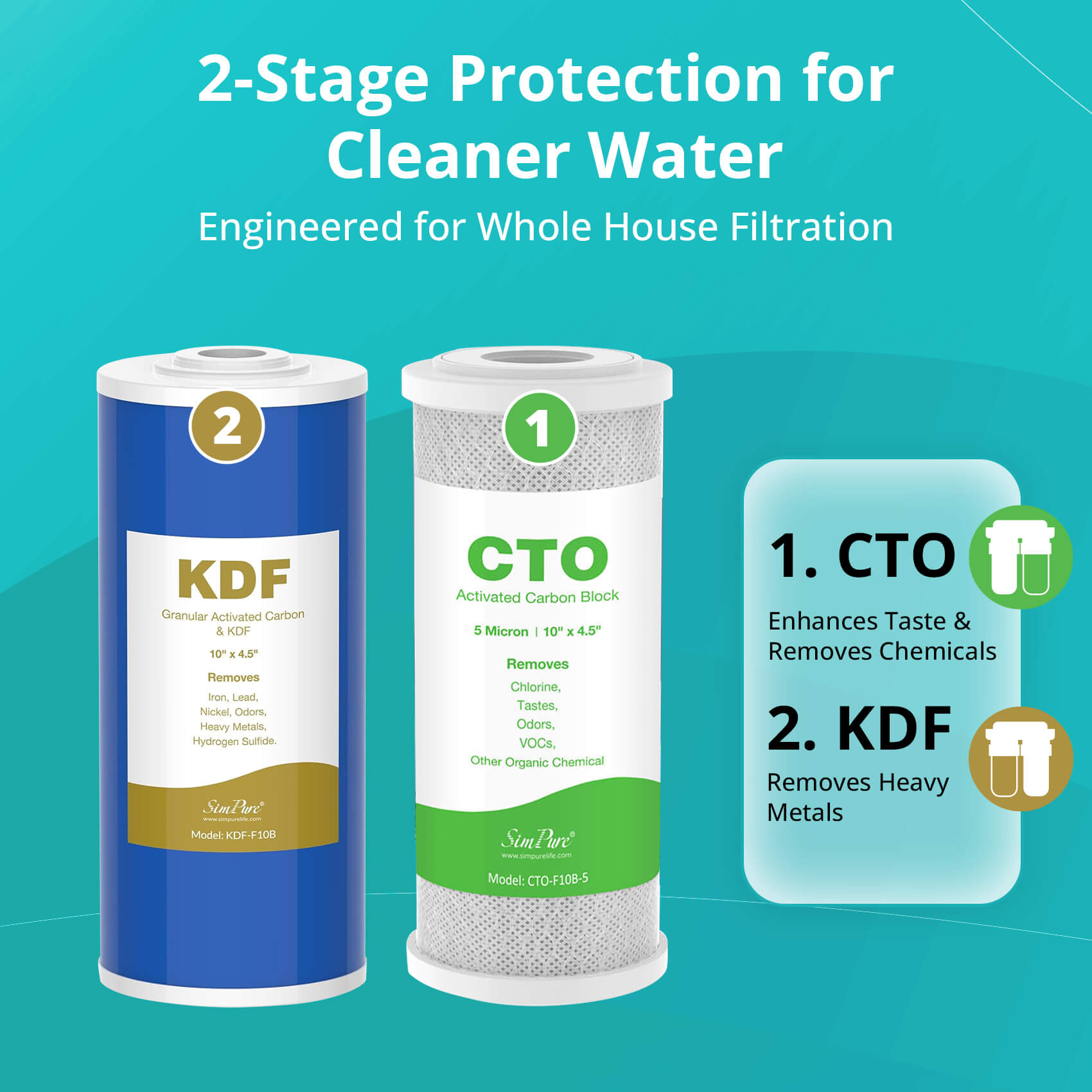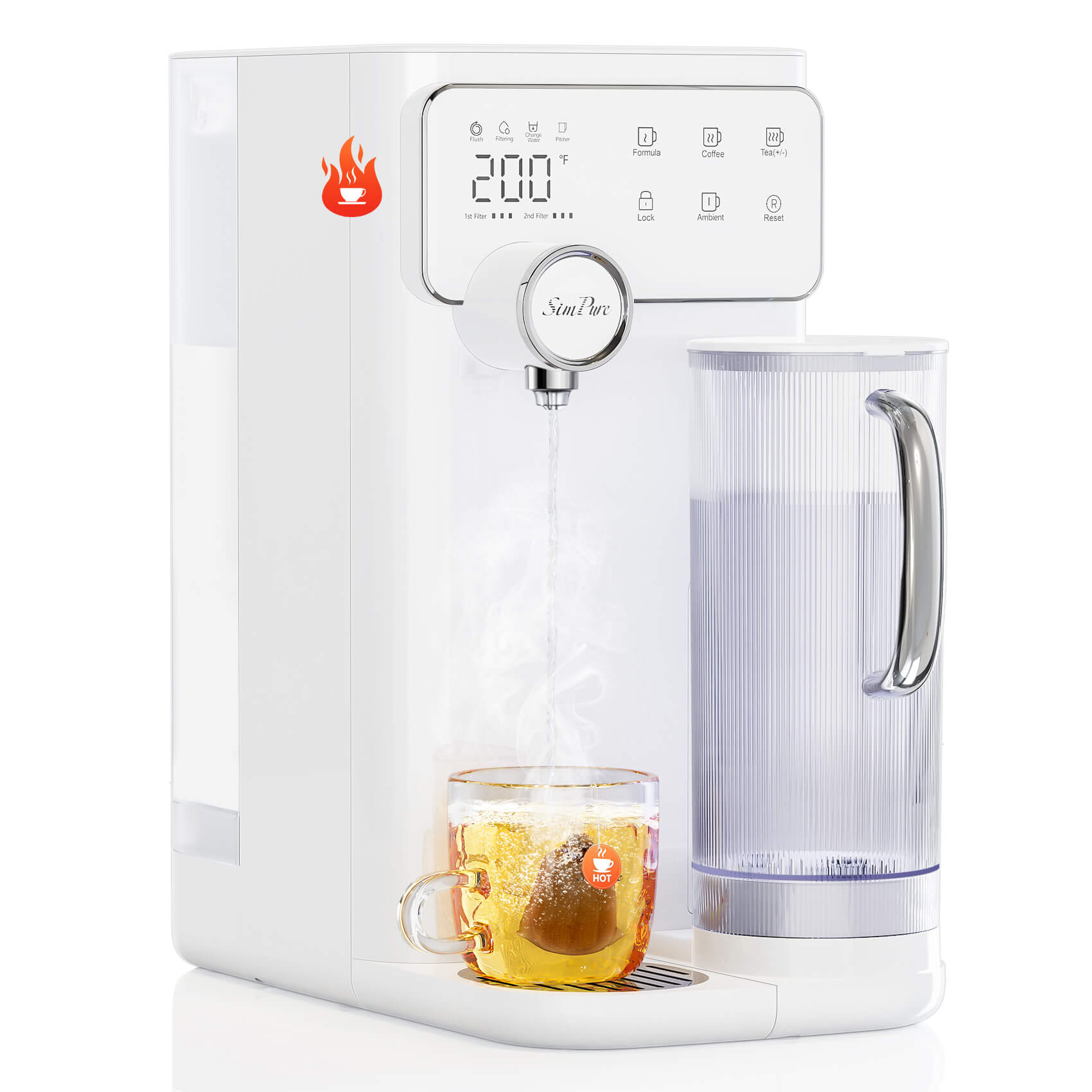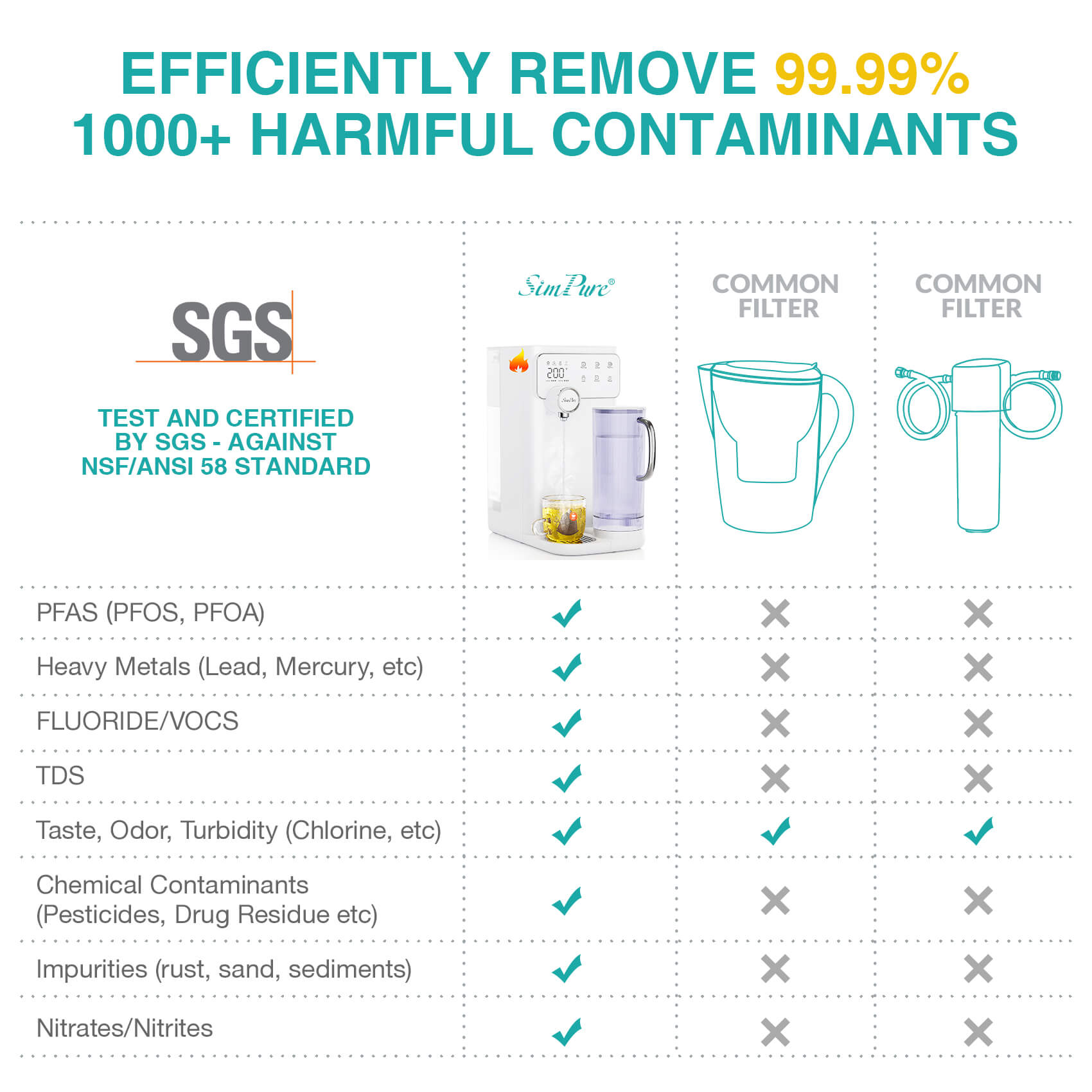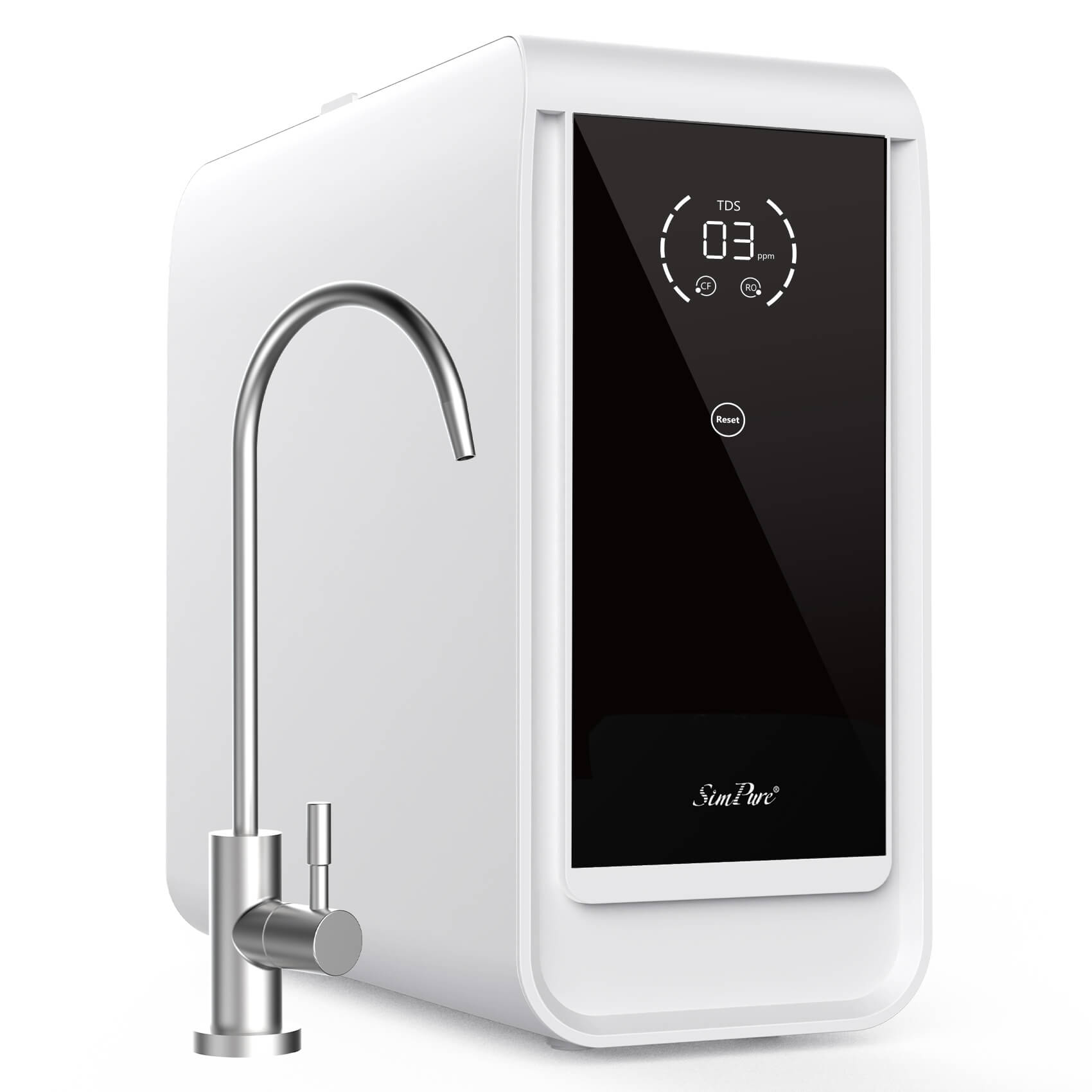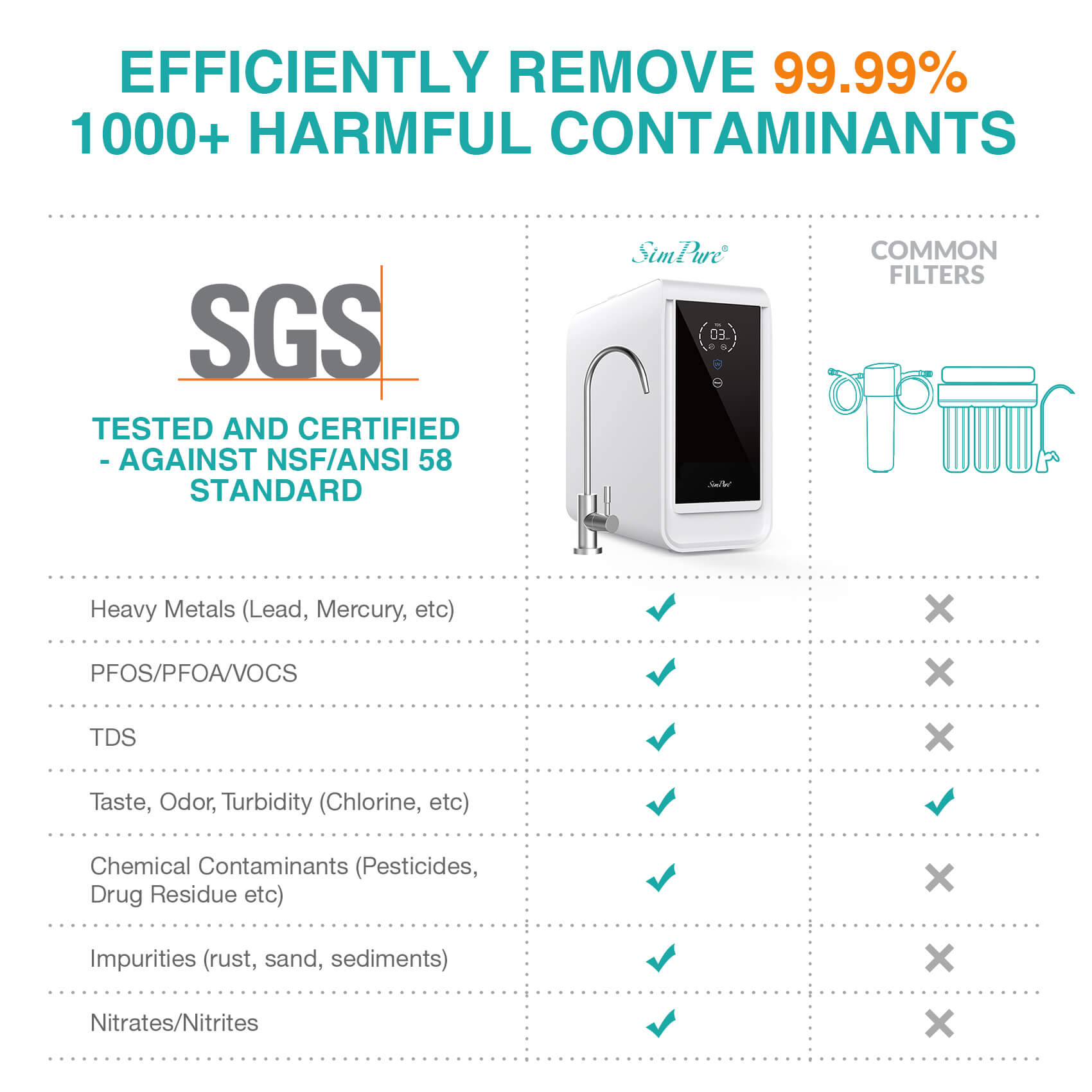Do air purifiers remove formaldehyde? When you move into a new house, you must be very concerned about whether the new furniture and paint will cause excessive formaldehyde in the room. As we all know, formaldehyde has a lot of harm to the human body. Many people know that air purifiers that can effectively improve air quality, but can air purifiers remove formaldehyde? For this problem, we need to see what technology the air purifier uses. And we need to figure out do air purifiers remove formaldehyde when purchasing air purifiers. Let us analyze it in detail!
Do Air Purifiers Remove Formaldehyde?
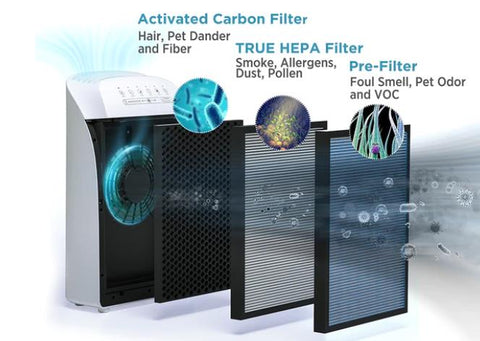
Whether the air purifier can remove formaldehyde depends on the filter element filter screen, because at present, gaseous pollutants such as formaldehyde are mainly reduced by activated carbon filter element, and the requirements for structural design, activated carbon technology and dosage are high.
The filter screen is mainly divided into HEPA, activated carbon, light-touch coal cold catalyst technology, and negative ion anion technology. The HEPA filter mainly filters large particles of solid pollutants; formaldehyde and other gaseous pollutants adsorbed by activated carbon; photo-contact coal cold catalyst technology decomposes harmful gases formaldehyde, toluene, etc.; negative ion anion technology sterilizes and purifies the air.
Do HEPA Filters Remove Formaldehyde?
A HEPA filter is made of very fine organic fibers and is a filter that traps tiny particles. Mainly use sieve, inertia, interception, diffusion and other methods to filter suspended particles in the air. Objects below a micron are easily attached to large particles and fibers due to their Brownian motion. When the particles are filtered, some bacteria, viruses, etc. can also be filtered out, while most of the particles can still flow freely. Typically, HEPA filters circulate air, but particulate pollutants do not. Therefore, although HEPA can effectively remove particulates from the air, it does nothing to remove harmful gases such as formaldehyde.
Does Activated Carbon Remove Formaldehyde?
At present, most air purification equipment uses activated carbon for purification. Since activated carbon is a kind of porous carbon, when gases such as formaldehyde pass through its internal pore structure, they will be physically adsorbed to achieve the purpose of purifying the air. Therefore activated carbon can remove formaldehyde. In fact, most air purifiers on the market have the ability to remove formaldehyde thanks to the activated carbon component in the filter. Activated carbon is recognized as a "universal adsorbent", and its tiny pores can adsorb many substances including formaldehyde. Activated carbon is relatively inexpensive to produce, but has a very short lifespan and requires frequent replacement. Otherwise, when the activated carbon is saturated with adsorption or is heated and damp, there will be a hidden danger of secondary release of formaldehyde.
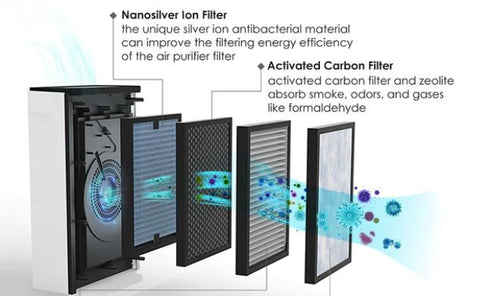
Other Methods for Formaldehyde Removal Used in Air Purifier
Another method of room air purifier removing formaldehyde is through chemical decomposition. Using a catalyst to form a catalytic reaction under the irradiation of ultraviolet rays to decompose formaldehyde into carbon dioxide and water, this method is called photocatalysis. It uses a photocatalyst filter screen. The photocatalyst will produce a photocatalytic reaction similar to photosynthesis under the irradiation of ultraviolet rays, and produce free hydroxyl and active oxygen with strong oxidizing ability. Kills bacteria and breaks down organic pollutants. However, photocatalyst removal of formaldehyde needs to combine three elements: air flow, ultraviolet light, and photocatalyst content. Its advantages are high efficiency, low energy consumption, long service life, and almost no loss, while the disadvantage is of course expensive! Therefore, it is generally used on high-end air purifiers.
Judging the strength of a purifier's ability to remove formaldehyde mainly depends on its formaldehyde CADR value. Formaldehyde CADR refers to how many cubic meters of air after removing formaldehyde are output per hour. This indicator can be easily found on the product page. Some formaldehyde CADR values are 100m3/h and some are 400m3/h. The larger the value, the stronger the formaldehyde removal ability. Here is a reminder that everyone should pay attention when purchasing. It is not that the more expensive the air purifier, the higher the formaldehyde CADR. Generally, the greater the content of activated carbon in the filter element, the stronger the ability to remove formaldehyde.
In the end, air purifiers can effectively remove formaldehyde. Most air purifiers have a composite filter inside, and there is a layer of activated carbon on the filter, which can physically adsorb formaldehyde; some filters have chemical components, which can catalyze the decomposition of formaldehyde. However, the filter screen needs to be replaced regularly. If the filter screen is not replaced for a long time, the adsorption function may be weakened or even invalid, so that it will not be able to remove formaldehyde. However, if the indoor formaldehyde content is high, relying on air purifiers alone will not work at all. Therefore, you also should open windows frequently for ventilation to remove formaldehyde.



